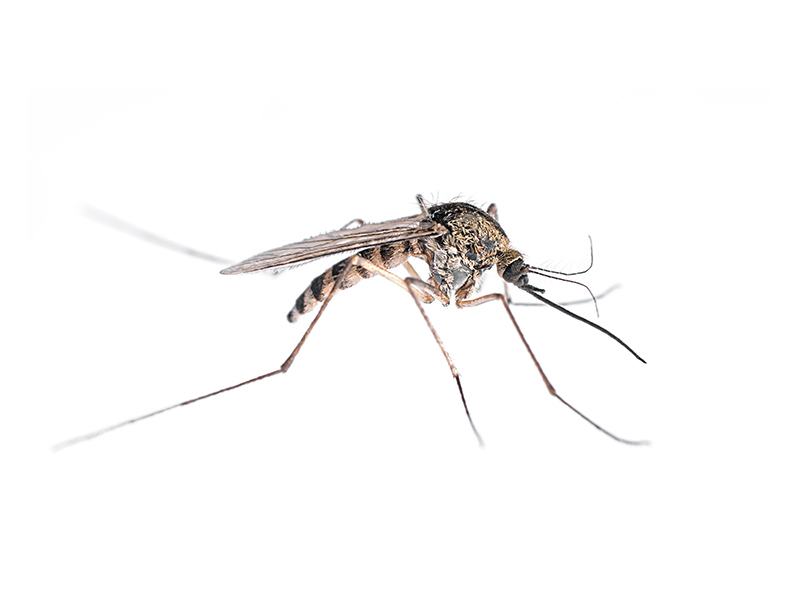Eco-Friendly Parasite Control Approaches for Managing Wildlife in Urban Locations
Urban locations usually locate themselves at the junction of human task and wild animals, leading to unique challenges in pest monitoring. These strategies not just shield the setting yet likewise improve community engagement in wild animals monitoring. As city populaces continue to expand, recognizing the dynamics of wildlife communications ends up being progressively critical.
Understanding Urban Wild Animals Characteristics
Recognizing Urban Wildlife Dynamics is important for establishing efficient and environment-friendly parasite control strategies. Urban locations are progressively becoming environments for various wild animals types, driven by factors such as environment fragmentation, food availability, and human advancement. Acknowledging these characteristics enables a nuanced approach to pest monitoring that aligns with eco-friendly principles.
Urban wild animals frequently consists of types such as raccoons, squirrels, and birds, which adjust to city environments, locating niches in environment-friendly spaces, parks, and also domestic locations. Their visibility can result in problems with humans, specifically when they exploit human resources for food and sanctuary. Comprehending the actions and ecological functions of these varieties informs methods that minimize unfavorable communications while advertising biodiversity.
Additionally, recognizing the interdependencies within urban environments aids in identifying important locations for habitat preservation and reconstruction. This knowledge adds to the growth of incorporated insect administration (IPM) strategies that consider the environmental equilibrium, consequently lowering reliance on damaging chemicals. By cultivating conjunction in between humans and metropolitan wild animals, cities can develop healthier atmospheres that profit both homeowners and neighborhood ecosystems, leading the way for lasting city living.
All-natural Repellents and Deterrents
All-natural repellents and deterrents supply a sustainable alternative to traditional insect control approaches by using the power of nature to maintain undesirable species away. These environmentally friendly remedies typically use plant-based active ingredients, crucial oils, and various other naturally taking place substances that deter insects without harming the environment.
One reliable all-natural repellent is peppermint oil, which is understood to ward off rodents and insects. Its solid aroma is undesirable to numerous pests, making it a popular selection for metropolitan settings. Vinegar and citrus peels can offer as deterrents, as their solid odors are typically uninviting to different wildlife.
In addition, diatomaceous earth is an all-natural powder that can be spread out in areas vulnerable to bug task, efficiently dehydrating and hindering bugs without posing threats to non-target types. Furthermore, garlic sprays and neem oil are identified for their capability to repel a vast variety of pests, consisting of both insects and bigger wildlife.
Executing these all-natural repellents not only lowers reliance on chemical pesticides yet also promotes a much healthier urban environment, fostering an extra balanced coexistence in between humans and wildlife. By making use of these methods, metropolitan locations can efficiently handle pest populations while lessening ecological effect.
Environment Alteration Strategies
Effective environment modification techniques play a crucial role in sustainable bug monitoring by changing the environment to make it less for pest infestations. By comprehending the eco-friendly characteristics of city locations, home proprietors can apply strategic modifications that discourage bugs while advertising biodiversity.
(Home pest control Port Charlotte)One key strategy involves maintaining appropriate cleanliness. This consists of normal waste elimination, securing garbage can, and getting rid of standing water to decrease breeding websites for bugs and rats. In addition, landscape design techniques such as picking indigenous plants can enhance ecological balance, offering habitats for useful organisms while decreasing sources for bugs.
An additional crucial technique is to seal entry factors in buildings. Examining and fixing splits in foundations, walls, and home windows can substantially decrease pest accessibility. Creating physical obstacles, such as fences or plant barriers, can inhibit wild animals motion right into human-inhabited locations.
Integrated Pest Monitoring Practices
Building upon environment adjustment techniques, incorporated insect administration (IPM) practices supply an alternative approach to regulating parasite populations while minimizing environmental influence. IPM incorporates various approaches, consisting of organic, social, mechanical, and chemical controls, to attain efficient pest administration.
Biological control entails the introduction of natural predators or parasites to minimize pest populations. Social techniques, such as crop rotation and sanitation, interfere with pest life cycles and reduce their environments - Pest Control. Mechanical controls, like traps and obstacles, provide instant remedy for pest pressures without chemical treatment
Chemical controls are made use of as a last resort, concentrating on targeted applications that limit injury to non-target varieties and the environment. The selection of eco-friendly chemicals, when necessary, is essential to the IPM structure. In addition, monitoring insect populations and examining possible damages aids educate decision-making, guaranteeing that interventions are timely and effective.
Neighborhood Participation and Education And Learning

(Flea control Port Charlotte)Workshops and informative sessions can furnish citizens with expertise concerning indigenous varieties, environment conservation, and efficient non-toxic insect administration techniques. Collaboration with colleges, neighborhood companies, and federal government companies additionally improves academic outreach, guaranteeing that vital info reaches diverse audiences.
In addition, community-led efforts, such as neighborhood clean-up days and habitat repair projects, not just promote biodiversity however likewise enhance neighborhood ties. Pest Control. By motivating locals to share their experiences and observations, neighborhoods can create targeted strategies that address certain local pest concerns
Integrating feedback from homeowners right into insect monitoring prepares enables a much more responsive and flexible approach to wild animals difficulties. Inevitably, notified and involved neighborhoods are key to attaining long-term success in eco-friendly bug control, causing much healthier metropolitan settings that appreciate both human and eco-friendly requirements.

Verdict
In final thought, eco-friendly pest control approaches offer sustainable solutions for managing urban wildlife. By prioritizing habitat adjustment, utilizing natural repellents, and carrying out incorporated insect monitoring methods, communities can cultivate a harmonious conjunction with local animals.